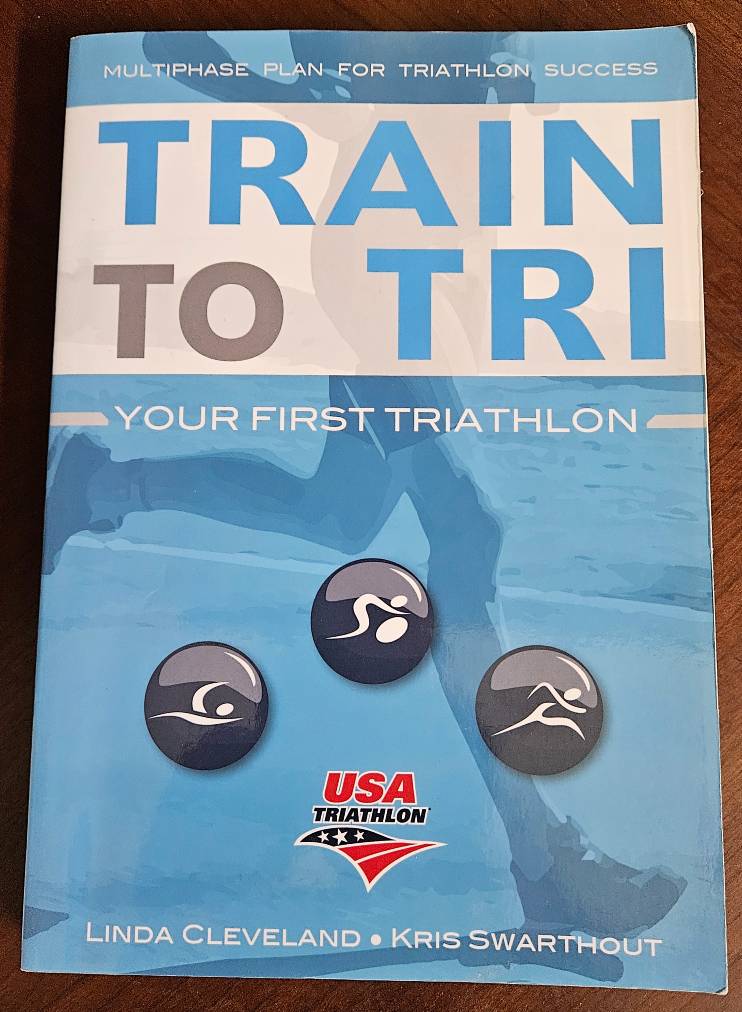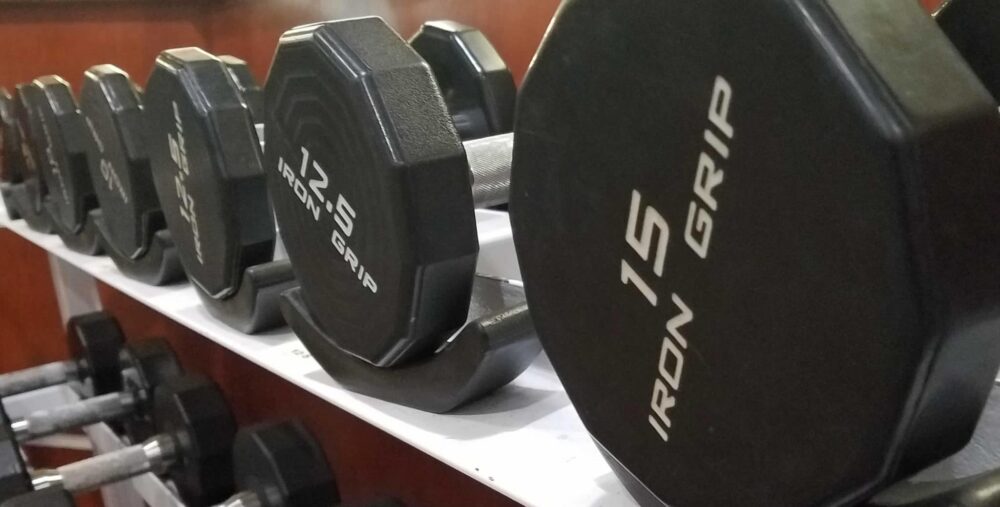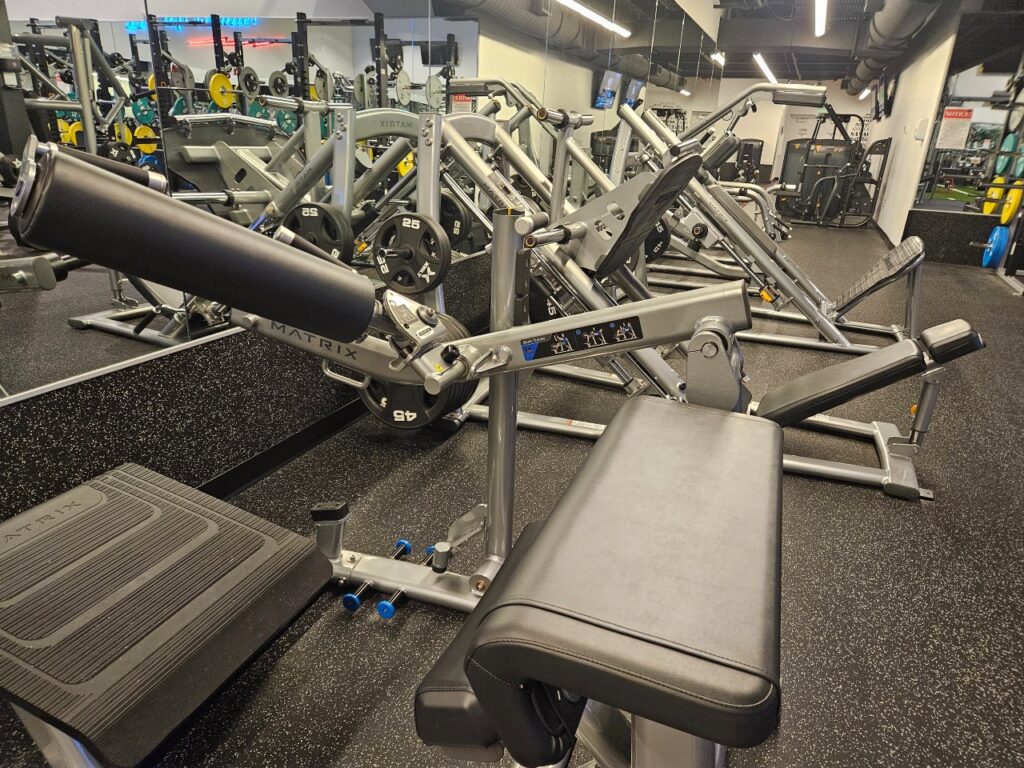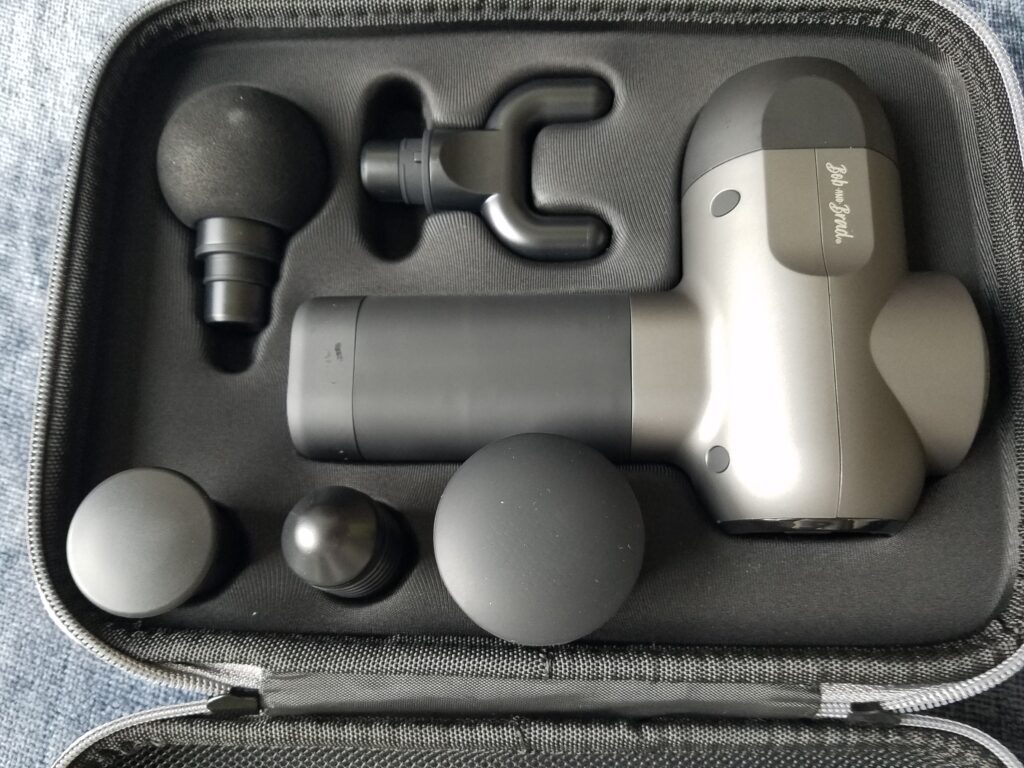Review – Train to Tri: Your First Triathlon
Looking to complete your first triathlon? Want to inspire and motivate your children, grandchildren, parents, friends, or co-workers?
If so, Train To Tri: Your First Triathlon by Linda Cleveland and Kris Swarthout is for you. This 246-page guide provides the essential information needed to prepare for your first triathlon.
Authors: Linda Cleveland and Kris Swarthout, both USA Triathlon Level 2 coaches with lots of experience competing in triathlon and coaching triathletes.
Publisher: Human Kinetics
Who is this book for?
Train To Tri is written primarily for those considering or already committed to completing their first sprint or standard (formerly called Olympic) distance triathlon.
Even though it is aimed at first-timers, it is not just for those doing their first triathlon. While I have completed over 40 sprint triathlons, I found several useful training tips. I have already put some of them to use.
What does the book cover?
The book opens with a 24-question Triathlon Readiness Assessment. Results of the self-assessment help the future triathlete identify with one of three categories – bronze, silver, or gold – and select the training plan included later in the book. This initial section also provides guidelines for choosing the specific race for your first triathlon.
I like the basic strategy of the first triathlon training plan laid out by the authors – to focus most of the training effort on your weakest leg.
You should focus the most time and effort on [your third strongest sport] to develop strength and endurance as well as improve technique. (page 9)
Gear
Once you decide to do a triathlon, you will quickly learn about the incredible amount of clothing and equipment (called ‘gear’ in the triathlon world) surrounding the sport. Since not all the gear is necessary for your first triathlon, the authors distinguish between the ‘necessary’ and the ‘nice to have’ or ‘you can wait and decide after your first race’ gear.
Your Triathlon Support Group
Training with a group can provide the extra motivation needed to push through a training program and reap the rewards of completing your first triathlon. A group can also help you to improve your technique more quickly.
In this chapter, the authors suggest ways to create a support network for your training in swimming, biking, and running that includes various clubs and your family, friends, and co-workers.
You may have various support group options. For example, if you live in a retirement community, such as The Villages, Florida, you have a built-in support group in The Villages Triathlon Club. Members train and race together with encouragement galore.
If you are working in an area without a triathlon training club in the area, you can create your own support group through a local fitness center, community pool, bike shop, and running store. This provides flexibility to follow your specific training plan while enlisting the support of instructors and others with experience from which you can benefit.
Swim
The chapter on swimming covers the basic elements of an efficient stroke with illustrations for a proper freestyle technique. I appreciated the suggestion for traveling and swimming, especially the advice for making use of the typical small hotel pool.
Interestingly, many triathletes find swimming to be their weakest sport. If you are in that group, get comfortable being in the water and with swimming with other people as you will experience on race day. Whether swimming in a pool or in open water, you will inevitably come close to, if not in contact with, other swimmers. Staying calm is the key to finishing the swim.
If the race you choose includes an open water swim, you will want to practice swimming in open water to become familiar with ‘sighting’. For safety reasons, I recommend adding the ISHOF Safe Swimmer (see also below) to your list of gear.
Bike
Most of us know how to ride a bicycle. However, many have never ridden in a large group at speeds associated with a triathlon.
Therefore, the focus of this chapter is safety. According to the authors, safety in biking begins with a review of the various components of the bicycle to make sure that they are each in good working order. They also describe the most important cycling skills and suggestions on how to hone these, both individually and in group rides.
When riding on the road in traffic, you need to follow the rules of the road as if you were driving a car. (page 78)
Run
We all know how to run. Right? Well, not necessarily in a way that is the most efficient or that minimizes the possibility for injuries. About half of this chapter is dedicated to proper cadence (steps per minute) and body form. The rest of the chapter introduces training with a heart rate monitor and training involving the three-run types included in the weekly training plans.
If you take one thing from this chapter, remember to progress slowly (the ‘10% per week’ rule) to minimize the likelihood of injury. Unfortunately, we need to be reminded of this every so often.
Strength and Flexibility
Building strength and increasing flexibility are two keys to increasing your performance in triathlon. For many of us who spend a lot of time sitting during their workday, lack of flexibility can be the major root cause of injury. The authors show that a relatively small amount of time spent in strength training and stretching can lead to better performance and fewer injuries. Plus, these are another way to ‘mix it up’ and keep the training interesting and fresh.
Nutrition and Rest
If we all know how to run, most of us are even better at fueling (aka eating). The challenge is to eat properly. It becomes even more complicated when we are exercising, burning more calories, trying to build muscle, and recovering from the stress of training.
Triathlon training can be a great way to shed pounds and improve your health. Eating the right foods in the right amount and at the right time is the focus of this chapter. The authors are clear: “Although your daily caloric burn will certainly increase based on your training volume, you don’t have a license to hit the buffet for every meal”.
The chapter begins by showing us how to calculate two important numbers related to exercise – resting metabolic rate (RMR) and caloric burn rate. The authors discuss how to eat (or ‘fuel’ as they define it) throughout the day. This includes eating before, during, and after workouts. Sample menus for triathlon training days help to illustrate the principles of proper fueling.
The chapter concludes with a discussion about the importance of rest within a process known as periodization. The authors even provide a simple test to help us determine when our body is telling us to take a day of rest.
If you do not get adequate rest, the muscles will fatigue and eventually fail, resulting in injury. (page 139)
Training plans
It’s now time to put the information from the previous chapters together and begin to train for your first triathlon. Sample 8-week training plans are provided for bronze-, silver-, and gold-level athletes for both sprint and standard distance triathlons. I appreciate that the authors show readers how to tailor the plans to meet their particular strengths and weaknesses and their individual schedules.
Preparing to race
I love this section. Here, the authors take the new triathlete down the ‘home stretch’ to completing their first race.
Filled with practical advice, the authors walk us through the two weeks leading up to the race. With greater detail for race day, you can feel the thrill that begins upon waking and includes crossing the finish line and heading to the refreshment area for a cold drink and banana.
Related post: How to Choose Your Next Triathlon
Why get this book?
Train To Tri is pragmatic and focused. It includes essential information for each of the sports of triathlon. The authors season the information with the nuances of practicing them within a triathlon.
You can trust the USAT-certified coaches with this ‘no-nonsense’ guide.
Let us know what you think of Train To Tri
Share your experience with this book in the Comments below.
Comments: Please note that I review all comments before they are posted. You will be notified by email when your comment is approved. Even if you do not submit a comment, you may subscribe to be notified when a comment is published.
Disclaimer: Please note that SeniorTriathletes.com is a participant in the Amazon Services LLC Associates Program. This is an affiliate advertising program that provide a way for sites to earn advertising fees. They do this by advertising and linking to amazon.com. Amazon, the Amazon logo, AmazonSupply, and the AmazonSupply logo are trademarks of Amazon.com, Inc. or its affiliates. As an affiliate, I will receive a small commission for any purchases of this product that you make through Amazon.
This post was originally published on January 21, 2018. It was updated on September 5, 2025.







